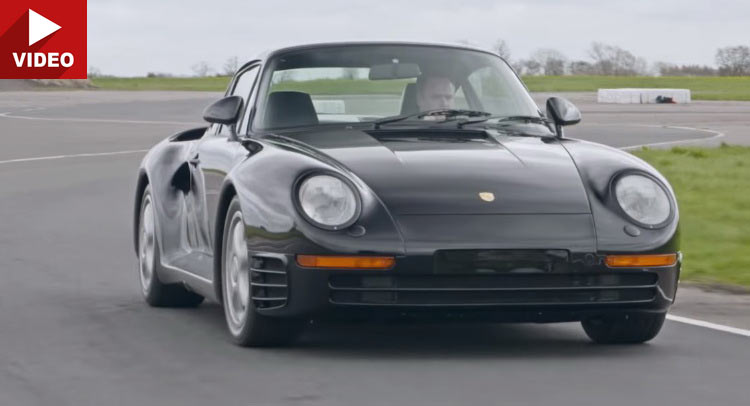If anyone ever doubts that competition improves the breed, show them this one, for it fits the bill to a T.
The name of the 1983 concept that would, with some changes, become the 959, speaks for itself: Gruppe B, as in Group B. With the FIA demanding just 200 street-legal cars for homologation, Porsche decided it should use the 911 as a rough basis and build the most technologically advanced car of its time.
An aluminum and Kevlar bodywork, Nomex floor, magnesium allow wheels with tire pressure monitors, a suspension with automatic height adjustment and the most complex all-wheel drive system of its time all saw to that.
And then there’s the engine. Its 2.85-lt capacity was mandated by racing regulations that sought to equal naturally aspirated and forced induction motors. Porsche, of course, went for the latter – only with sequential, instead of parallel, twin turbos and a water-cooled head for the (still N/A) flat-six.
The deaths of Henri Toivonen and Sergio Cresto at the Tour de Corse in 1986 was the last in a series of serious accidents that made FIA scrap Group B regs in favor of the much tamer Group A. An irony, given that this was the year the 959 went on sale and, in racing form, clinched first and second at the Paris-Dakar rally and won its class at the 24 Hours of Le Mans and finished a very impressive seventh overall.
Still not convinced? Point out then that it was the reason Ferrari came out with the F40 that was much more raw but, also, designed to beat the 959 to the title of the world’s fastest car.
This video of evo driving a superb example of Porsche’s masterpiece might do the job and save you all the talking.



